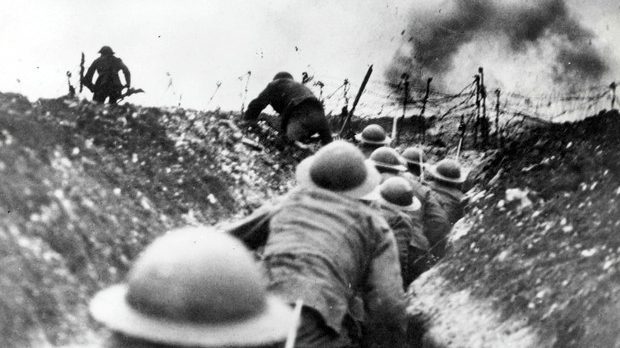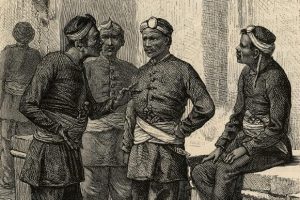You’ve probably heard about the First World War. You know, “The Great War”? What you may not have ever heard is how many people died from this war? As well as some of the more important dates and facts that occurred during it.
This post will provide you with the information you need to know about this event in history. The more educated we are on world events like these, the better off we all are. Because they show us where we’ve been and give a hint at where we’re going.
The First World War

WW1 started on the 28th of July 1914. This war actually took place during the years 1914 and 1915. Many people still talk about it as taking place “between 1914 and 1918”, but this was actually an error on the part of those who wrote about it in history books. It started as a war between Germany, Austria-Hungary, and the Ottoman Empire.
This did not last long, and soon other countries joined in. These included Russia, France, Britain, Italy, Japan, and many others. This war is also sometimes called “The Great War”. Because there were many different countries involved in it at one time or another.
What Happened?
WW1 happened for many different reasons. Some people think Germany was trying to control other countries and build up their country by aggressively acting. Unfortunately, this wasn’t the case; in fact, Germany lost.
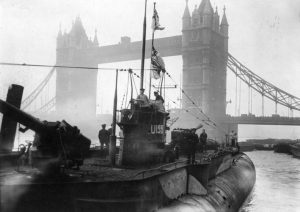
The war also occurred because of the large amount of money that all the countries involved had to spend on tanks and cannons for a war that lasted 6 years. War was expensive and with a poor economy, many countries went bankrupt from the costs.
The war lasted from 1914 to 1918. Before it began, there was an assassination attempt against the Austrian heir named Archduke Francis Ferdinand and his wife in Serbia. This sparked a series of events that brought on the war, including German troops marching into Serbia under the threat of a stronger Czechoslovakian army. These German troops were also equipped with cannons.
As you can imagine, this caused tensions between Austria-Hungary and Germany to rise, leading up to WWI.
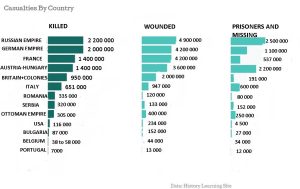
The total number of military and civilian casualties in World War I was around 40 million. There were 20 million deaths and 21 million wounded. The total number of deaths includes 9.7 million military personnel and about 10 million civilians.
What Happened After WW1?
Initially, the Great War seemed to have little effect on day-to-day life in Western Europe. Indeed many Europeans believed it was some type of continuous confrontation that never deviated from its status quo antebellum, an interminable stalemate.
But as time passed, it became clear that World War I had an outcome much more significant than anyone could have anticipated. It would touch virtually every aspect of European life: society, politics, culture, and economics. It would even alter the course of technological development.
You may not have heard much of the First World War, but you’ll probably be familiar with its immediate aftermath. The Paris Peace Conference in 1919 resulted in a separate peace treaty for Europe and ultimately ended World War I. Some historians believe it was then that there was an ideological turning point where war became obsolete as a means for resolving conflicts, and we’re still living in its aftermath today.
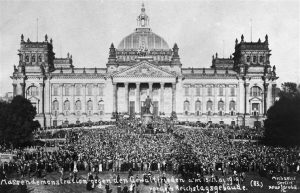
One reason for this is that the population of Europe was exhausted. Hundreds of thousands of young men had been slaughtered in the trenches, and there was a huge reluctance to go to war again. Another reason is the Treaty of Versailles, signed in 1919, which included two provisions designed to prevent another war:
– Taking away German territory and forcing them to pay reparations.
– Making Germany disarm by severely limiting their military capability.
As a result, Germany’s economy collapsed due to its inability to pay reparations. And it egged the rise of Adolf Hilter. The humiliation of Germany after WW1 is believed to be the seed of his rise in power. And consequently also started the second and more disastrous world war.
Also read: Israel-Palestine War Over the Last 100 Years






